Sonic Team forever changed my life. I had been playing video games since the late ‘70s through the ‘80s but didn’t become aware of specific developers until the ‘90s. Sonic Team made me take notice that a studio could create greatness. They made me more aware of all the elements that went into video game development. They changed the way I played through games. They changed the way I listened to games. They changed the way I approached art, and design in my personal work. The studio was a creative nexus for me. The thing that made video games (especially the Sonic Team ones) more influential to me than say a comic book, movie, or song, was the interactive element. Video games required a level of engagement, they were not a passive form of entertainment.
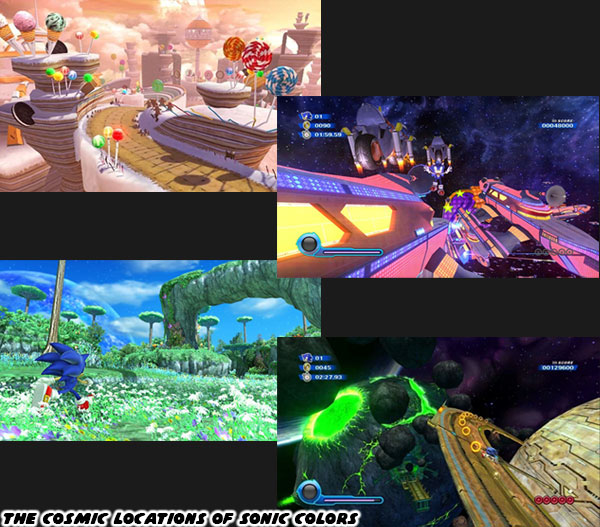
Books required a large chunk of imagination to bring to life. A well written story could appeal to all of our senses, and allow us to inhabit the world that the author had created. Comics, games, and movies made it a little bit easier for people that didn’t have vivid imaginations. The other forms of entertainment had a certain visual tone presented to us. The creators still wanted us to live in the worlds they dreamed up. Gaming took it a step further because we got to interact with these locations. In the early days Sonic Team jumped across the map, and pulled us Zone to Zone. Each place had a different look, and feel. We could see how Dr. Eggman had corrupted the natural world, and turned fertile landscapes into industrial wastelands as the game unfolded. In 1991 I could tell that Sonic inhabited a place with more color, and personality than the Mario titles I had enjoyed through the ‘80s. I was hooked from that point on. Almost 20 years later when the studio created Sonic Colors we were now traveling across the cosmos. I was giddy with the possibilities. The studio didn’t just build us a playground, they built us entire planets to play in. We were able to speed through expansive 3D worlds rather than a short 2D stages. The new environments gave me the same sense of awe as the original Sonic Zones.
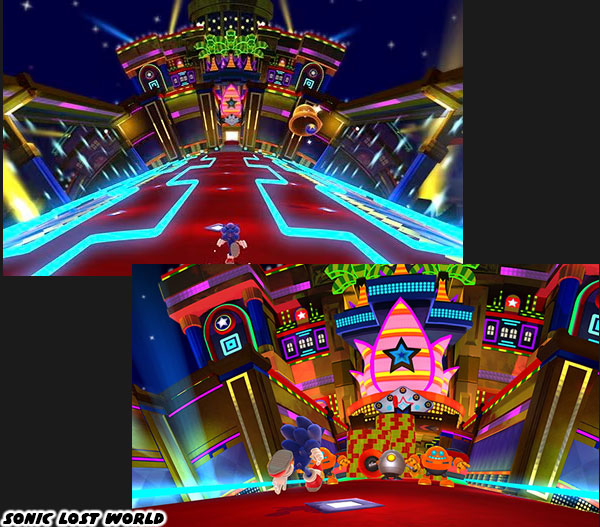
This was not to say that Nintendo, and the other AAA mascot developers were sitting still. Nintendo went head-to-head with Sega on many fronts. The rivalry between Mario, and Sonic was genuine for most Gen-Xers. The leap from Super Mario 64 (1996) to Super Mario Galaxy (2007) was as profound as Sonic moving from 2D to 3D with Sonic Adventure in 1998. Sonic Team, and DIMPS took elements from Galaxy when they created Sonic Lost World in 2013 for the Nintendo Wii U. The game had a foot in the tone of Sonic Colors, and the gravity-defying platforming of Super Mario Galaxy. Fans were split on the game. Reviewers were arguing that this was poaching game play elements from a rival studio. Some thought that Sonic was adding new ideas, making it unique in its own right. I believed that there was a little bit of both things happening. Mario creator Shigeru Miyamoto was said to have been greatly impressed by NiGHTS into dreams… which was released a month after Super Mario 64 in 1996. I always saw Super Mario Galaxy as his way of poaching NiGHTS game play ideas for his own series. To me Sega was returning the favor.
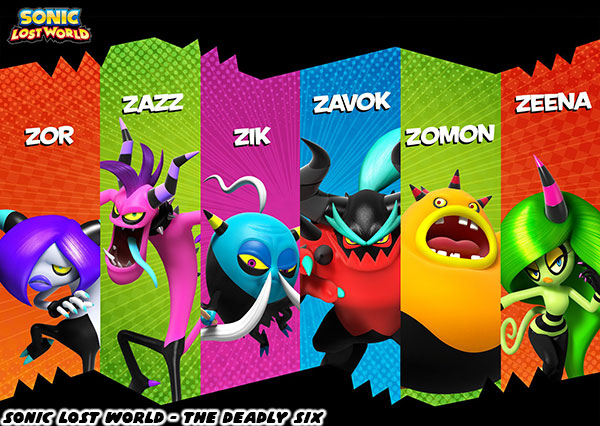
Visiting a diverse set of planetoids wasn’t the only bold thing that set Lost World apart from the other 3D Sonic titles. The studio introduced new villains to set it apart from other sequels. Sonic would be facing a new alien menace called the Deadly Six rather than the traditional Dr. Eggman, and his robotic hordes. These colorful aliens were oozing with personality. Sonic chased them all over the planet, through all sorts of unique environments. They each had different types of attacks that required their own strategy to defeat. There was an ancient martial arts master named Zik, the gloomy goth Zor, the vain Zeena, the punk Zazz, the massive glutton Zomon, and the leader of the group the devilish Zavok.
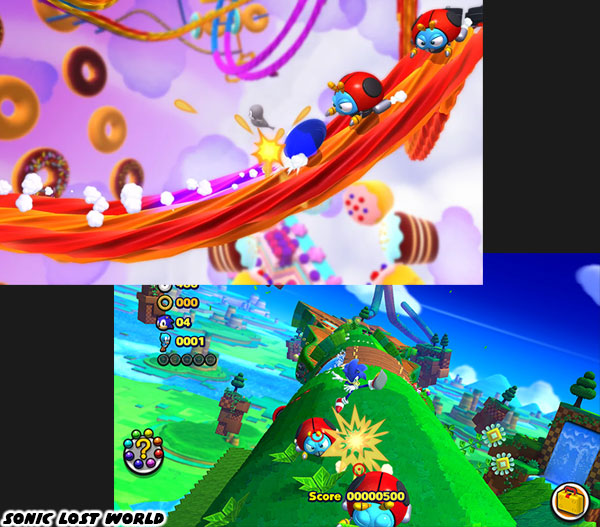
Previously I mentioned that the Sonic cast was built on the classic mascot cartoon template. The Deadly Six reflected a more modern 3D cartoon aesthetic but somehow they still complimented the older characters. The villains not only worked in the game but would be kept alive in the Sonic comics by IDW. There was something special about the game, and level design that I thought worked better than Super Mario Galaxy. Most of it had to do with Sonic’s established speed, and game play. Yet it also seemed to be missing something to elevate it past the earlier sequels. The seeds for something truly special were revealed when a new DLC area was released for the game. Sonic Team would crossover their two greatest hits in the magical Nightmare Zone. The Deadly Six would be accompanied by the villains from NiGHTS into dreams… NiGHTS would help Sonic break out of Wizeman’s cursed dreams.
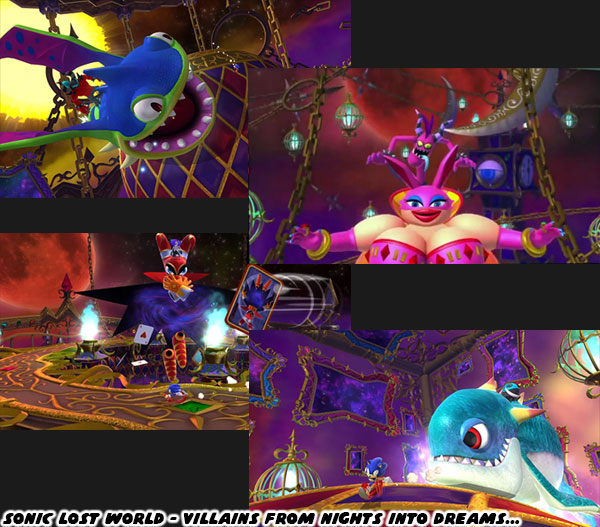
I had always wondered what if the games crossed over, how would the mechanics work? After all NiGHTS was an on-rails free flying 2.5D game. The classic Sonic the Hedgehog mechanic might work with that type of game play. The only problem was that modern audiences has been conditioned to play Sonic in 3D ever since Sonic Adventure. This type of open game play did not really fit the NiGHTS mechanic. Sonic Team was able to find a balance by having Sonic battle the Nightmaren bosses in the format that audiences were used to. At the same time they honored the uniqueness of the villains, and how they balanced the Deadly Six as well. The magic of flying would be recreated as Sonic dashed through rings on floating platforms between the fights. There was something special about the Nightmare Zone that I wish that Sonic Team did more with. Sadly the idea seemed abandoned almost immediately after.
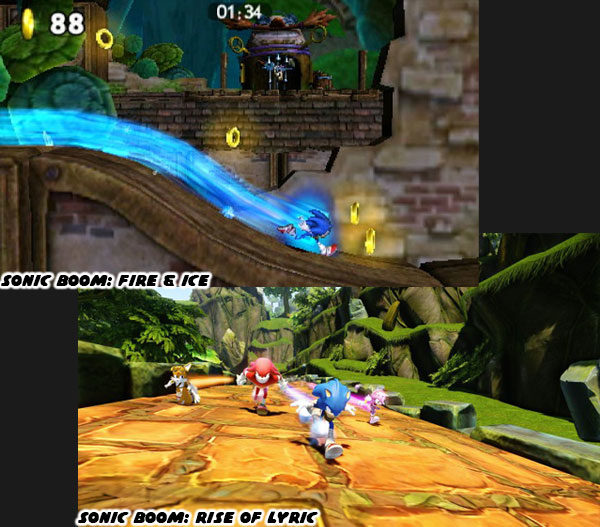
Just one year after Lost World came out Sega released the Sonic Boom animated series on Cartoon Network. It was a sort of retelling of the Sonic mythos. It featured slightly redesigned characters, and existed in its own continuity. Sega released a 2.5D game based on the series for the Nintendo 3DS called Sonic Boom: Fire & Ice, and a traditional platformer for the Wii U called Sonic Boom: Rise of Lyric. The cartoon series, and the games were well done. They were fresh takes on the characters. They had their own unique game play that mixed up the format. Other 3D titles followed that also played with the formula, Sonic Forces in 2017, Sonic Mania in 2017, Sonic Frontiers in 2022, and Sonic Superstars in 2023.
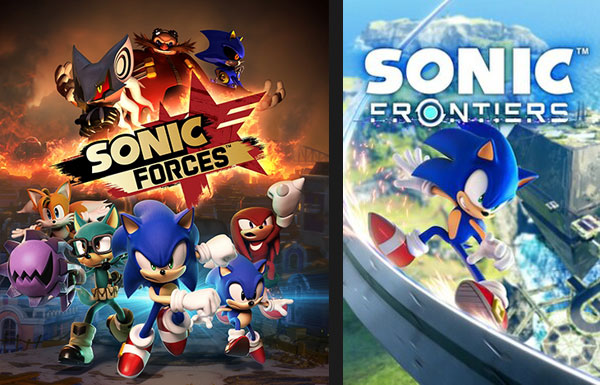
Sega was bouncing back, and forth between 2.5D, and 3D titles. It felt like Sonic Team was on the cusp of something really special, but they were missing something. It turned out that a new studio saw what that element was. They were able to put together a new challenge that hit all the right beats. I’ll talk about this game in the next blog. Did you play any of the 2.5D or 3D Sonic games after Sonic Generations? What did you think about them? Tell me about it in the comments section. As always if you enjoyed this blog, and would like to sponsor me
please visit my Patreon page and consider donating each month, even as little as $1 would help make better blogs and even podcasts!














No comments:
Post a Comment